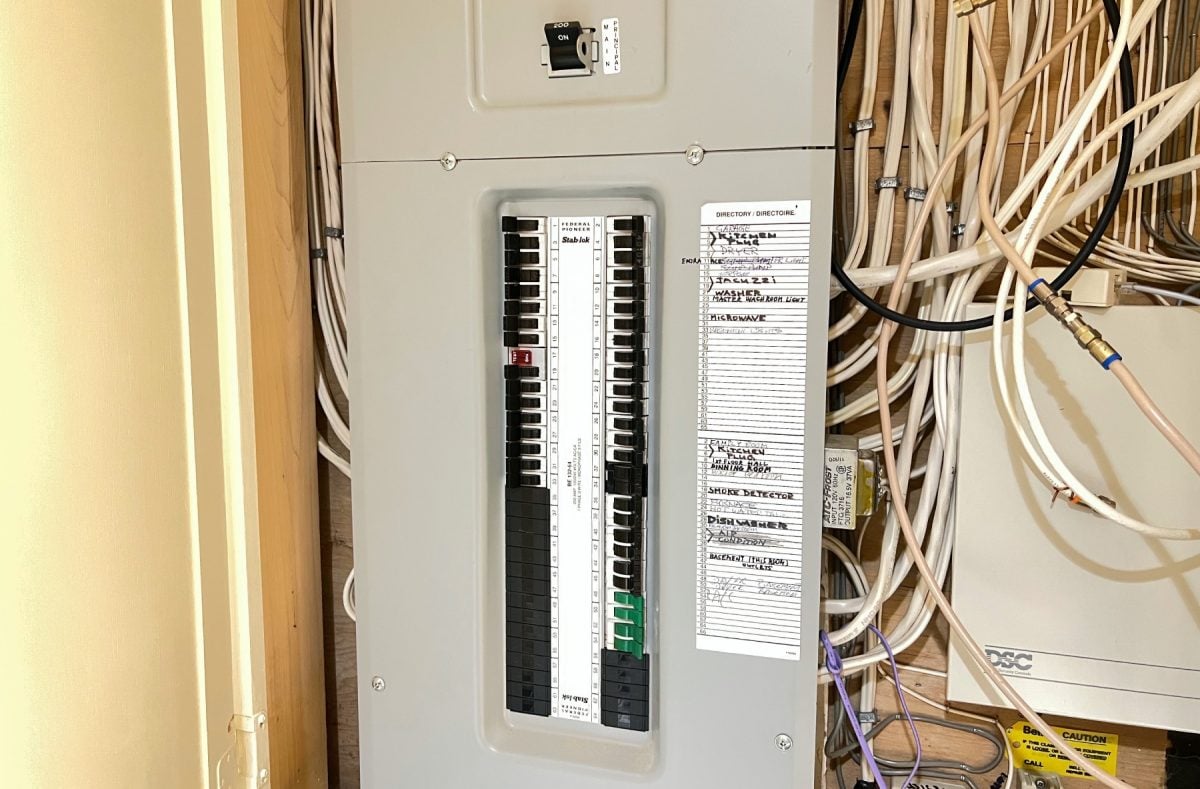Becoming an EV driver, you may quickly realize that Level 1 (120v) charging may not deliver enough energy to cover your daily driving needs, and Level 3 public charging may be inconvenient to use on a daily basis. So now that you’re thinking about installing a Level 2 (240v) charging station in your garage, you will need to consider the household circuit breaker requirements.
How many amps are required for Level 2 charging at home? Most Level 2 charging stations have configurable amperage modes. So a 40-amp EVSE may be able to be restricted to 32, 24, 20, 16, and in some cases as low as 6 amps, depending on the model.
Electrical codes in the US and Canada require that your constant load does not exceed 80% of the circuit breaker capacity. Therefore, a charger connected to a 30-amp circuit should be restricted to 24 amps.
If your home has high-power 240-volt appliances like a clothes dryer or electric kitchen stove, the circuit breaker is very likely capable of supporting Level 2 EV charging. But you need to be aware of the total capacity of your electrical panel. Modern homes often have 200-amp service from the utility, so it is possible to charge one or two EVs at 48 amps with plenty of headroom. But a home with 100-amp electricity service may need to make some compromises.
The type of wiring used in your home matters too. For safe EV charging, high-quality copper wiring (or appropriate gauge) is recommended by installers. If aluminum wiring is used in your home, you may need to operate your home charging station at a lower amperage or upgrade the wiring. Although aluminum wiring is technically compliant with the electrical code, many installers agree that the electrical code does not keep up with the requirements of EV charging. Always consult with a qualified and licensed electrical contractor who has experience installing EV charging equipment.
Most contemporary homes will support at least 50 amp circuits without requiring additional panel upgrades, allowing the driver to charge at 40 amps. This is more than enough power to recharge a passenger car overnight. However, some heavy-duty Level 2 chargers such as the Ford Charge Station Pro (for the F-150 Lightning) are capable of pulling up to 80 amps. Many homes may require electrical upgrades to support a 100-amp circuit.

